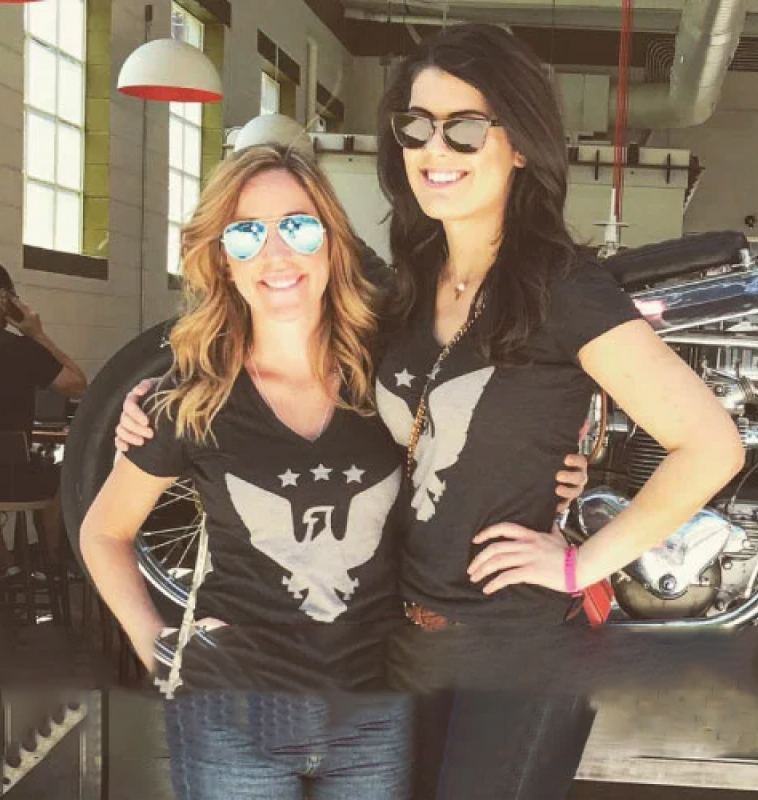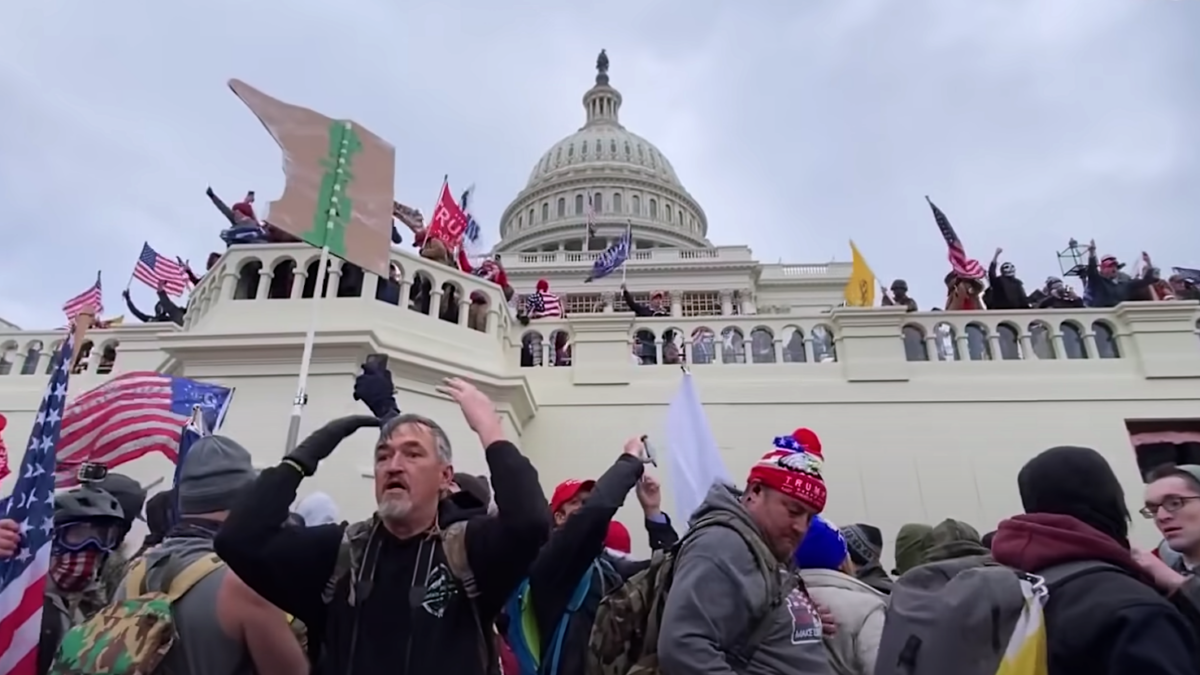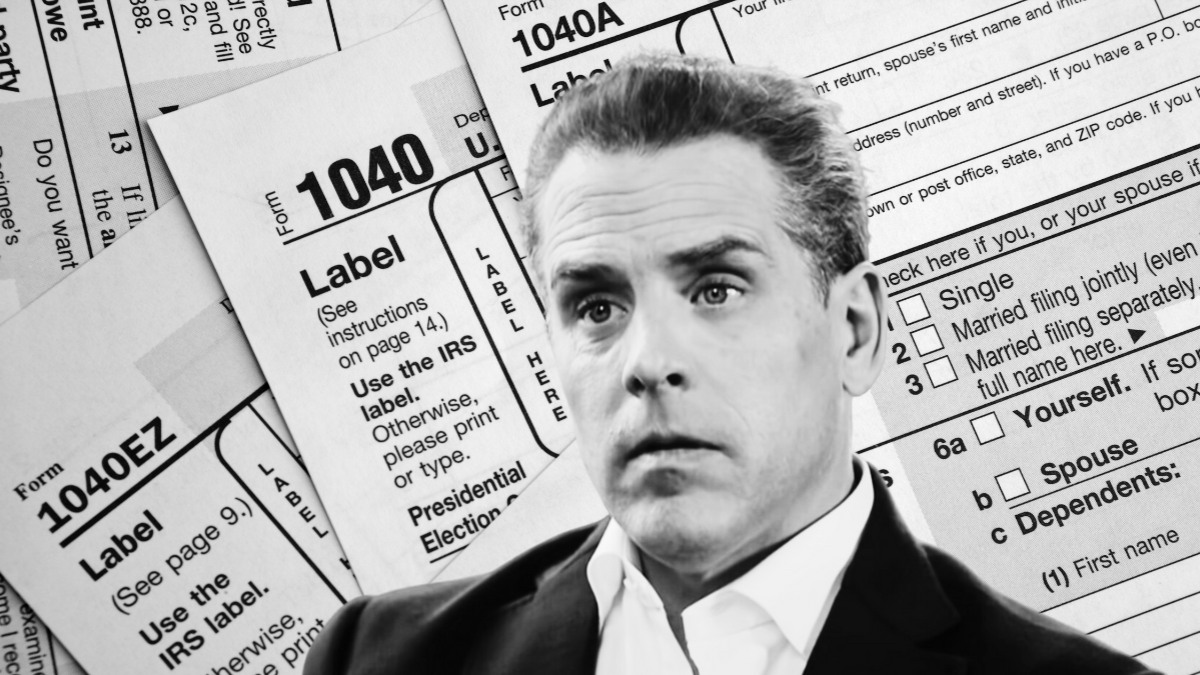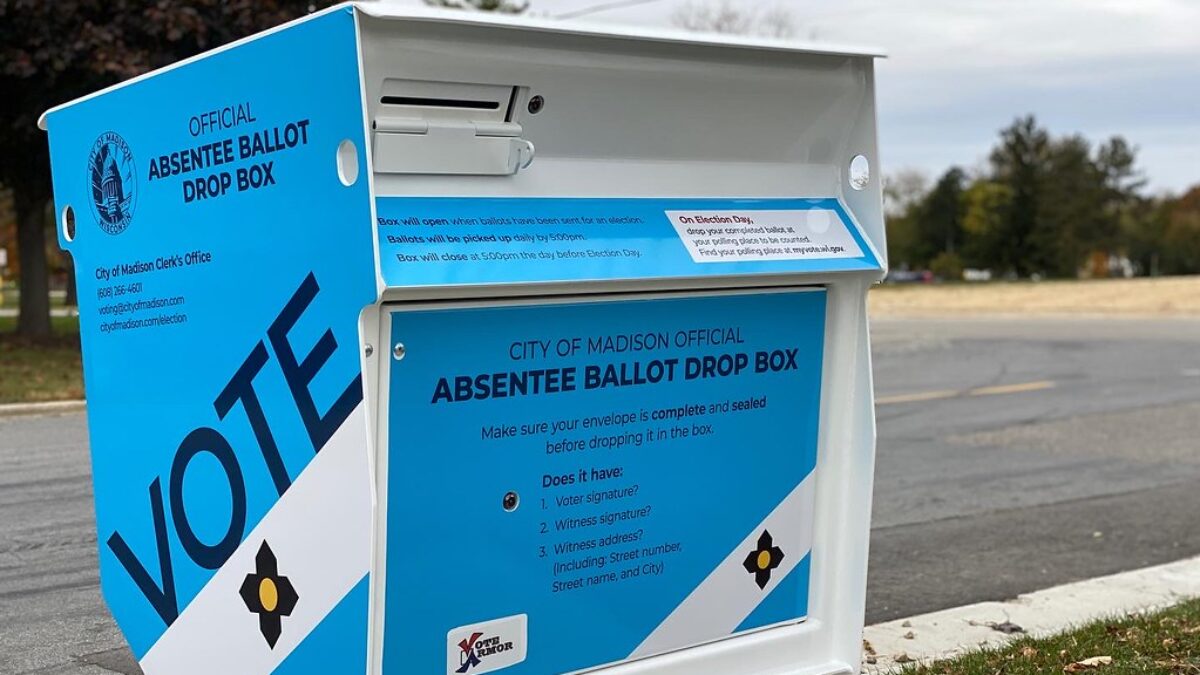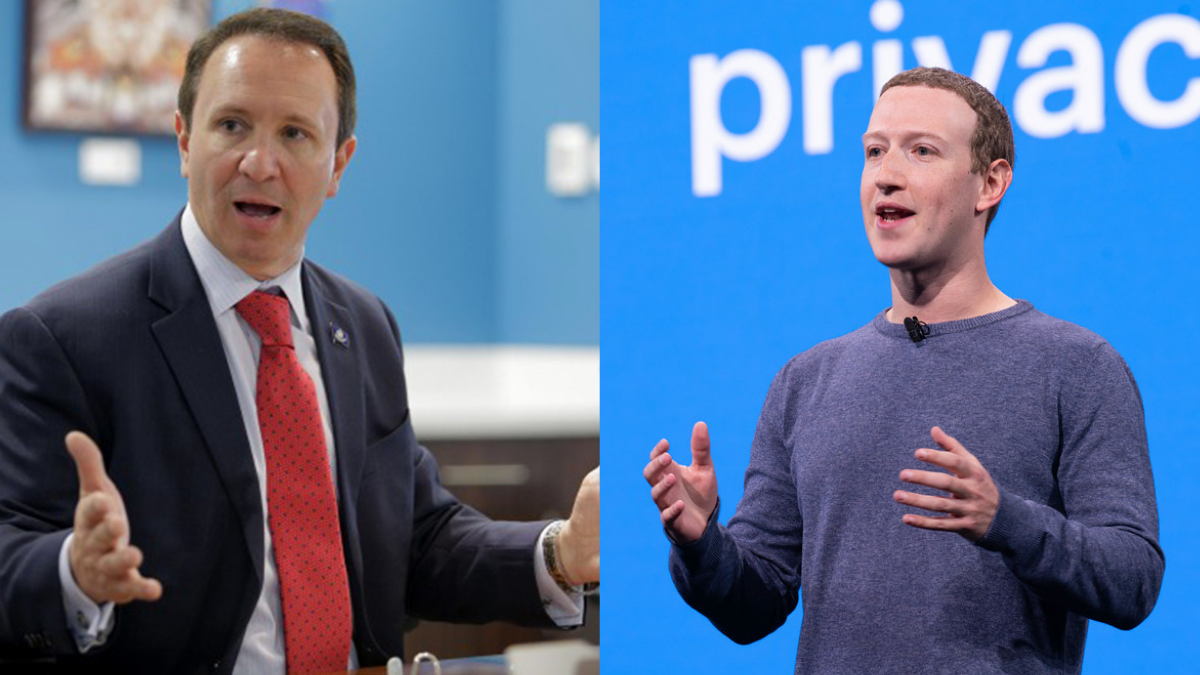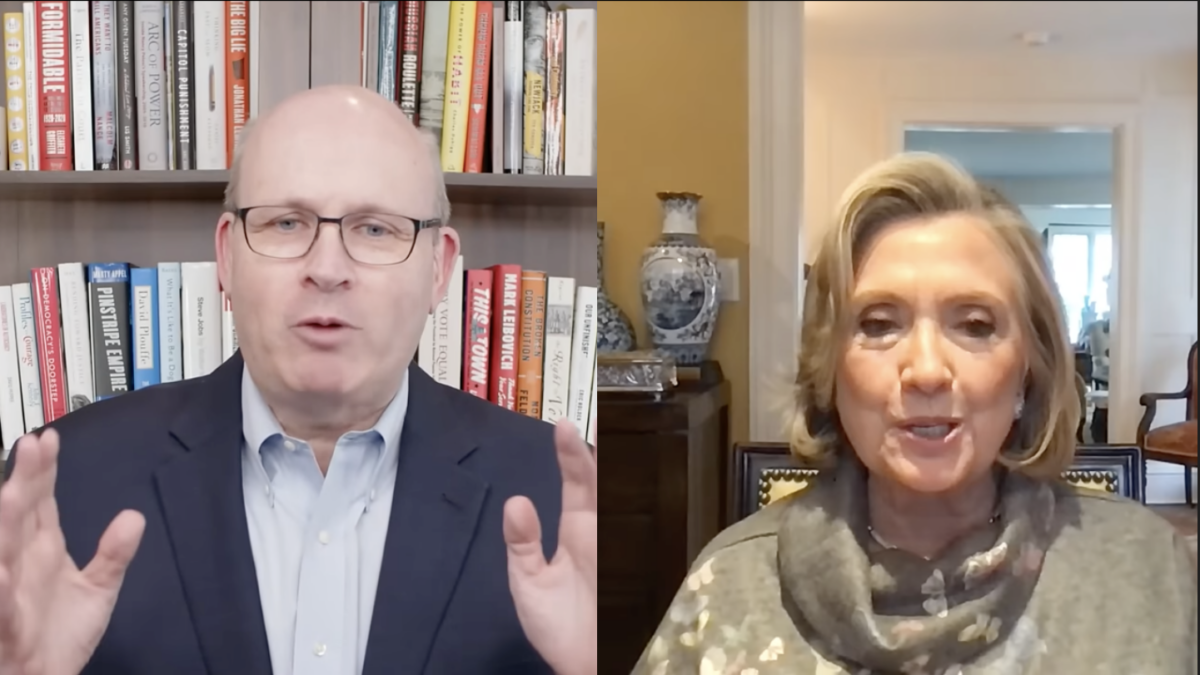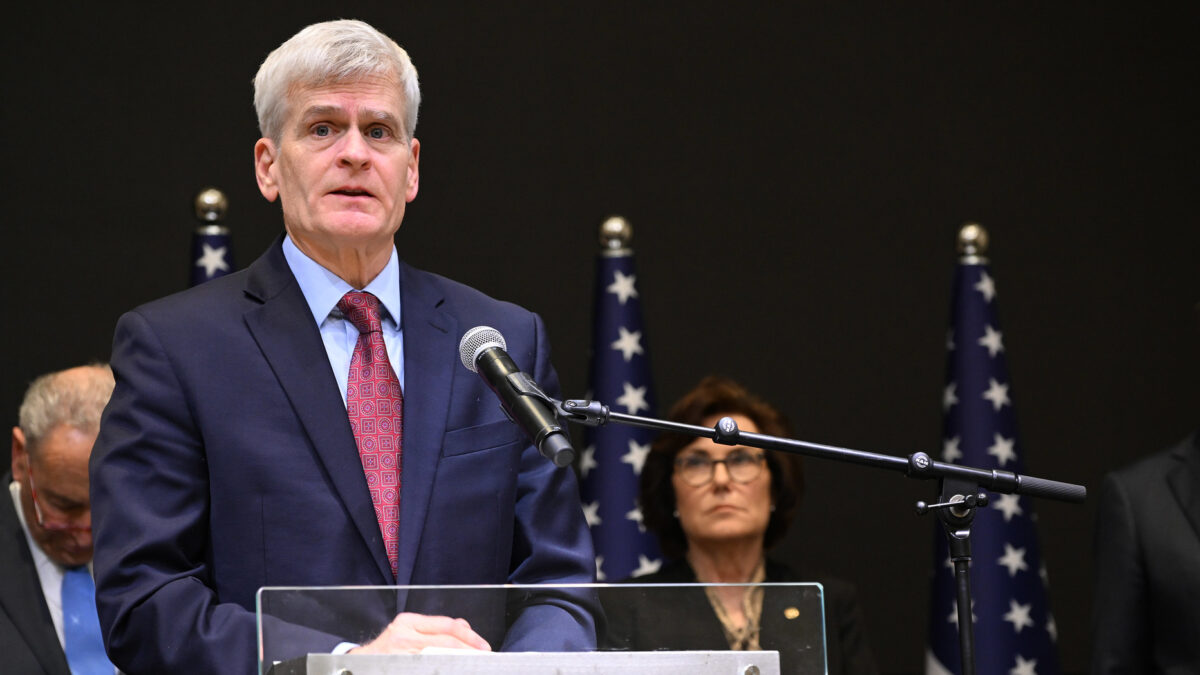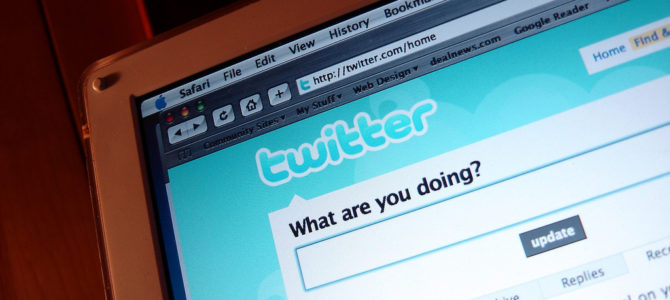
It has been more than a decade since presidential candidate Barack Obama promised to announce his choice of a running mate on a newish platform called Twitter. The stunt was an effort to gain followers before announcing that Joe Biden was his choice. From then, and throughout the eight years of his presidency, Twitter grew as a tool for politicians.
Then, in 2015, Donald Trump’s campaign happened. His use of the social media giant completely transformed how politicians use Twitter. It was arguably at the center of his campaign, and in many ways his presidency. In 2018, the left discovered its own champion of the bite-sized missive in Rep. Alexandria Ocasio-Cortez.
Today, tweeting, once a sideshow, has become much more of a main event in our politics. Almost every campaign — local, state, and federal — takes their Twitter very seriously as a tool for messaging and branding. As the Democratic primary starts to form, it is useful to take a look at the Twitter feeds of the top candidates and see what it tells us about their overall approach to winning in 2020.
I looked at the tweets over the last seven days (as of the afternoon of March 17) of the five frontrunners in the race to see if there were trends or styles that hint at how they plan to run in general and specifically how they intend to use this powerful platform. Seven days is a small sample size, but the five candidates’ 213 combined tweets do have some things to tell us. I run the candidates down from highest to lowest in the current national polling below.
Bernie Sanders
Followers: 8.2 million
Number of Tweets from 3/10-3/17: 20
Pinned Tweet: None
Bernie Sanders has the most Twitter followers of the announced candidates, but the fewest tweets by far over the last week. On the 15th, 16th, and 17th, he hadn’t tweeted at all. If the campaign has a Twitter strategy, it’s not evident from this small sample what it is.
Many of his tweets focus on issues like income inequality, staying out of foreign wars, and climate change. The tweets tend to be short on policy and more about the importance of addressing the issues. Typical Bernie tweets look something like this:
This is historic. For the first time in 45 years, Congress is one step closer to withdrawing U.S. forces from an unauthorized war. We must end the war in Yemen. https://t.co/7oLM7N3LlE
— Bernie Sanders (@SenSanders) March 13, 2019
Donald Trump's budget is not only an absolute disaster – full of ideas that the American people have already rejected – it exposes Trump for the fraud that he is. pic.twitter.com/bA0YTtoXpF
— Bernie Sanders (@SenSanders) March 12, 2019
This rather mellow approach to his Twitter account makes sense for Sanders. He is the frontrunner, after all (so far). In a conference call last week, his campaign touted his double-digit lead among announced candidates and the fact that, unlike in 2016, name recognition is not an issue for the 2020 version of the Sanders campaign. This looks like a “if it ain’t broke, don’t fix it” approach from a candidate who came surprisingly close to winning last time around.
Kamala Harris
Followers: 2.5 million
Number of Tweets from 3/10-3/17: 60
Pinned Tweet:
The real national emergency is the failed leadership of this President.
Americans are dying in the streets from gun violence, too many are working more for less, and white supremacy is rising around the globe.
We need a president who will speak truth and fight for the people.
— Kamala Harris (@KamalaHarris) March 17, 2019
Harris has the most tweets of any candidate over the last week (although with a caveat discussed below). The most telling aspect of her feed is how serious and policy-driven it is. Like Sanders, she has few tweets showing herself at campaign events, but addresses with more specificity than anyone else, except maybe Warren, what policies she plans to promote.
The account has a little bit of color, a few tributes to people like Billy Jean King and Johnetta Cole, but few personal touches. This is a very businesslike feed. But it does contain a fair amount of identity politics, focused on issues like race and LGBTQ rights. It’s a workman-like account that often looks like this:
Today, I am calling for a national moratorium on the death penalty. It is morally wrong, ineffective, and applied unequally. In America, nobody should be executed. We are better than this.https://t.co/ITFg7XkJFL
— Kamala Harris (@KamalaHarris) March 14, 2019
A revolutionary movement in our nation’s history started at the Stonewall Inn in 1969 with Marsha P. Johnson seeking liberation, freedom, and equal rights for the LGBTQ community. Her legacy of fighting for access, justice, safety, and equity lives on today. #WomensHistoryMonth pic.twitter.com/xhY4puKxIA
— Kamala Harris (@KamalaHarris) March 11, 2019
Harris’ Twitter strategy feels very safe. As the candidate running second, that probably is the right play. Interestingly, criminal justice reform does not come up much in her feed, which suggests she is not (at least not yet) using Twitter to try to shore up the complaints from progressives about her time as a tough prosecutor. The overall strategy seems to be to promote her professionalism.
Elizabeth Warren
Followers: 2.3 million
Tweets 3/10-3/17: 49
Pinned Tweet:
Housing is one of the biggest purchases most Americans will make in their lifetimes. My new Housing plan would address some of the most pressing issues that have kept homeownership out of reach for too many families. Here’s how we’re going to do it: https://t.co/oNTX9VT97W
— Elizabeth Warren (@ewarren) March 16, 2019
The Warren feed is a little more personable than either Harris’s or Sanders’s. It also contains policy specifics, clearly a focus for her campaign, in areas like big tech breakups, housing, education, racial equality, and the Green New Deal. It includes more images from the trail than we see from Sanders and Harris.
Her approach also seems to be a little more reactive to the big story of the day. For example, she tweeted several times about the Boeing plane crash last week. The strategy here seems to be heavy on policy, but with a warm touch, like the kitchen beer video, to round it out.
Add your name as a citizen co-sponsor of my American Housing and Economic Mobility Act. Let’s work together to ensure every American has a safe, decent, and affordable place to live. https://t.co/hJVg8pid2t
— Elizabeth Warren (@ewarren) March 16, 2019
I’m the daughter of a janitor who managed to become a public school teacher, a law professor, a United States senator, and now, a candidate for president—all because Texas opened the door of opportunity. This state has a special place in my heart. Thank you, Dallas! pic.twitter.com/WjPsyDjWM6
— Elizabeth Warren (@ewarren) March 11, 2019
Cory Booker
Follower: 4.2 million
Tweets from 3/10/-3/17: 32
Pinned Tweet: None
Booker’s tweets are a departure from the three candidates in front of him in some respect. It is short on policy and long on images of selfies with voters. His is a broader approach that, while it deals with some issues such as government-set wages, is more about his campaign events. Booker also seems to retweet and quote-tweet more than his rivals do. This might be an effective technique for a candidate lagging behind, as it encourages engagement.
Booker has been effective on social media in the past. He had a viral video when mayor of Newark, co-starring the New Jersey governor Chris Christie. That panache, and his celebrity girlfriend Rosario Dawson, should provide fodder for his feed to become livelier than it is right now. The campaign might be wise to do that sooner rather than later, given his low numbers.
Right now, his tweets look like this:
Grateful for the incredible community of folks who took the time to meet with me this morning in Lebanon, New Hampshire. pic.twitter.com/pHtoNeVLfs
— Cory Booker (@CoryBooker) March 15, 2019
Constantly inspired by the resolve of the families of Sandy Hook victims and grateful for their leadership in holding the NRA and gun industry accountable. We need to fight the problem of gun violence from all angles—in Congress, at the ballot box, and in court. https://t.co/fpJbNxNpi1
— Cory Booker (@CoryBooker) March 14, 2019
Beto O’Rourke
Followers: 1.3 million
Tweets from 3/10-3/17: 52
Pinned Tweet:
I am running to serve you as the next president. The challenges we face are the greatest in living memory. No one person can meet them on their own. Only this country can do that, and only if we build a movement that includes all of us. Say you're in: https://t.co/EKLdkVET2u pic.twitter.com/lainXyvG2n
— Beto O'Rourke (@BetoORourke) March 14, 2019
O’Rourke’s Twitter feed thus far can most aptly be described as a travel journal titled “Beto’s Excellent Adventure.” It is almost all images and videos of himself on the trail in Iowa and Wisconsin. Beto eats cheese fries, Beto has breakfast with a voter, Beto signs a skateboard.
Although his 52 tweets are fewer that Harris’s 60 over the last week, it’s important to note that those are only tweets from March 14 (the day his campaign launched) to March 17. Prior to the 14th, his last tweet was in late February, so on daily average he has tweeted by far the most. This might just reflect his launch, but also might signal that his camp seeks a larger role for Twitter in getting his numbers up.
Back in Wisconsin. Back at Culver's. pic.twitter.com/oNqHELSOh1
— Beto O'Rourke (@BetoORourke) March 17, 2019
Jack and Zane skateboarded in to join us for breakfast in Madison. pic.twitter.com/5mGiHWENEI
— Beto O'Rourke (@BetoORourke) March 17, 2019
It’s not that O’Rourke’s feed is completely devoid of policy and substance, but it mostly is. More than addressing specific issues, he makes broad statements about bringing America together. This is clearly a personality-driven feed. Beto wants to tell his story. One wonders if it might eventually, Jim Comey-like, drift into a kind of personal campaign diary.
Looking at the broad trends here, one thing jumps out. No candidate so far is employing the Trump/AOC agro-snark approach to Twitter. There is little to no clapping back, or even snipes at rivals so far. That could and likely will change, but it;s unlikely any of these candidates will employ the hellscape Twitter approach of Trump or Congress’ three socialist musketeers, — Ocasio-Cortez, Rep. Ilhan Omar, and Rep. Rashida Tlaib.
This is owing in large part to the fact that all of these aggressive and sometimes obnoxious Twitter accounts are playing purely to the politician’s base. To be snarky, somebody has to be the victim of the snark. None of the Democratic contenders have a big enough base to spark through this technique to victory, and all of them risk alienating other voters by doing so.
So far, so safe. No huge moves on Twitter. There are big differences in approach, though. And we can see some broader messaging trends. All of this, of course, is before the presumptive entry of Joe Biden. Although unannounced as of publishing this, he is the leader in the polls. His belly flop into the pool might signal the start of candidates taking shots at each other. Once that happens, the Democrats’ Twitter feeds could become much more interesting.

